CellWhisperer uses multimodal learning of transcriptomes and text to answer questions about single-cell RNA-sequencing data.


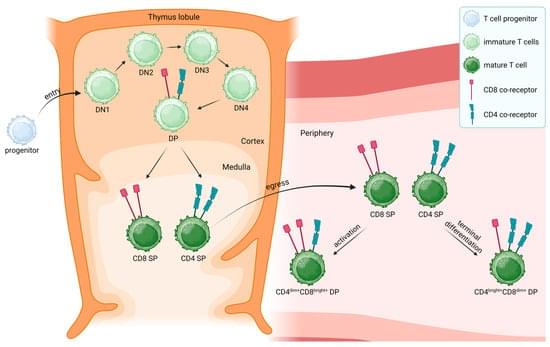
The expression of CD4 and CD8 co-receptors defines two distinct T cell populations with specialized functions. While CD4+ T cells support and modulate immune responses through different T-helper (Th) and regulatory subtypes, CD8+ T cells eliminate cells that might threaten the organism, for example, virus-infected or tumor cells. However, a paradoxical population of CD4+CD8+ double-positive (DP) T cells challenging this paradigm has been found in the peripheral blood. This subset has been observed in healthy as well as pathological conditions, suggesting unique and well-defined functions. Furthermore, DP T cells express activation markers and exhibit memory-like features, displaying an effector memory (EM) and central memory (CM) phenotype.
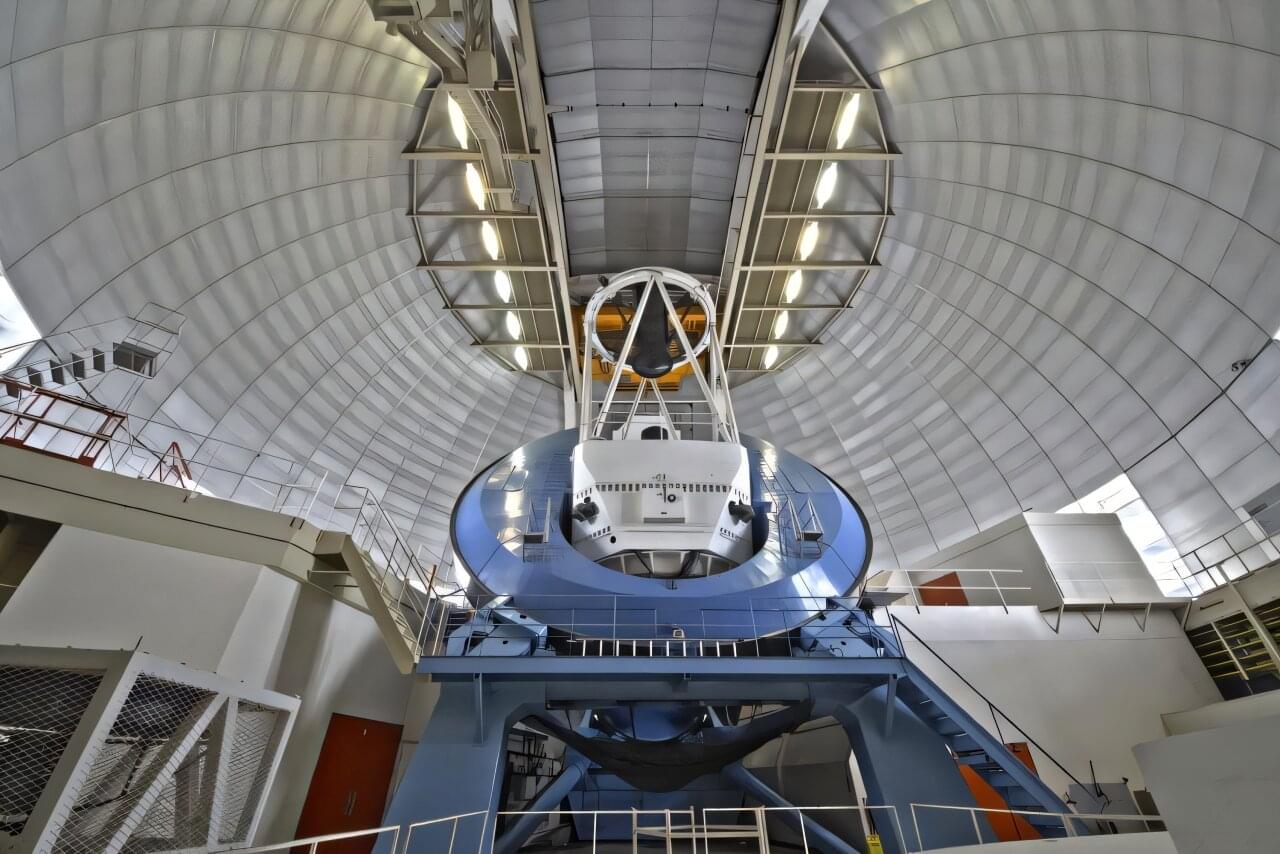
The universe’s expansion may actually have started to slow rather than accelerating at an ever-increasing rate as previously thought, a new study suggests.
“Remarkable” findings published today in Monthly Notices of the Royal Astronomical Society cast doubt on the long-standing theory that a mysterious force known as ‘dark energy’ is driving distant galaxies away increasingly faster.
Instead, they show no evidence of an accelerating universe.
AGI Unbound Series.
A series of focused interviews with the most interesting and impactful thought leaders in the field. We press on first principles—how they define core ideas in their domain, how they see the present, and where they believe intelligence is headed. Brought to you by SingularityNET and the AGI Society.
About this interview — Joscha Bach.
In this kickoff episode, cognitive scientist Joscha Bach explores consciousness as a coherence-forming learning process, argues for a computational view of mind, and outlines why machine consciousness should be treated as a testable hypothesis rather than a slogan. He discusses the California Institute for Machine Consciousness, contrasts today’s “idiot-savant” AI with developmental intelligence, sketches futures from universal basic intelligence to post-human infospheres, and offers frank advice to new researchers on pursuing bold, technically grounded work.
#AGI #AI #Consciousness #SingularityNET #AGISociety #JoschaBach #DecentralizedAGI
SingularityNET was founded by Dr. Ben Goertzel with the mission of creating a decentralized, democratic, inclusive, and beneficial Artificial General Intelligence (AGI). An AGI is not dependent on any central entity, is open to anyone, and is not restricted to the narrow goals of a single corporation or even a single country.
The SingularityNET team includes seasoned engineers, scientists, researchers, entrepreneurs, and marketers. Our core platform and AI teams are further complemented by specialized teams devoted to application areas such as finance, robotics, biomedical AI, media, arts, and entertainment.
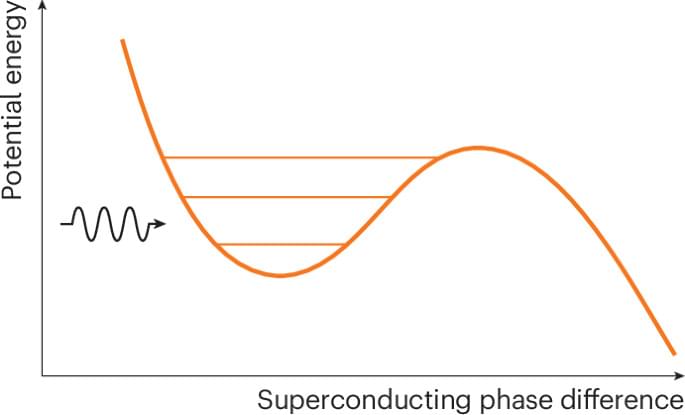

New research from the University of Waterloo is making inroads on one of the biggest problems in theoretical computer science. But the way to do it, according to Cameron Seth, a Ph.D. researcher working in the field of algorithmic approximation, is by breaking the problem down into smaller pieces.
“Everyone working in computer science and mathematics knows about the ‘P vs. NP’ problem,” Seth says. “It’s one of the notorious Millennium Prize Problems: so famous and so difficult that solving one will earn you a million dollars.”
To understand the crux of the “P vs. NP” problem, imagine an enormous jigsaw puzzle or a Sudoku puzzle. It would be a “P” problem if it could be solved relatively quickly by a computer, whereas they would be an “NP” problem if they were extremely difficult to solve, but a provided solution could be quickly verified.
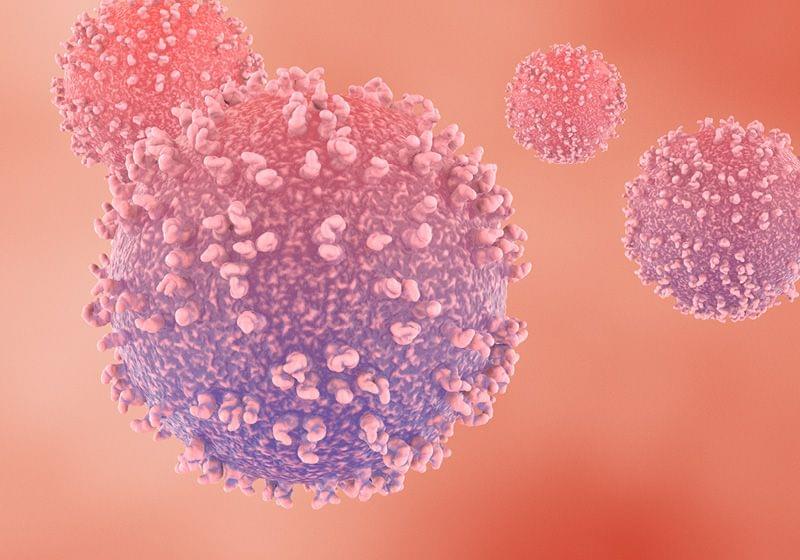

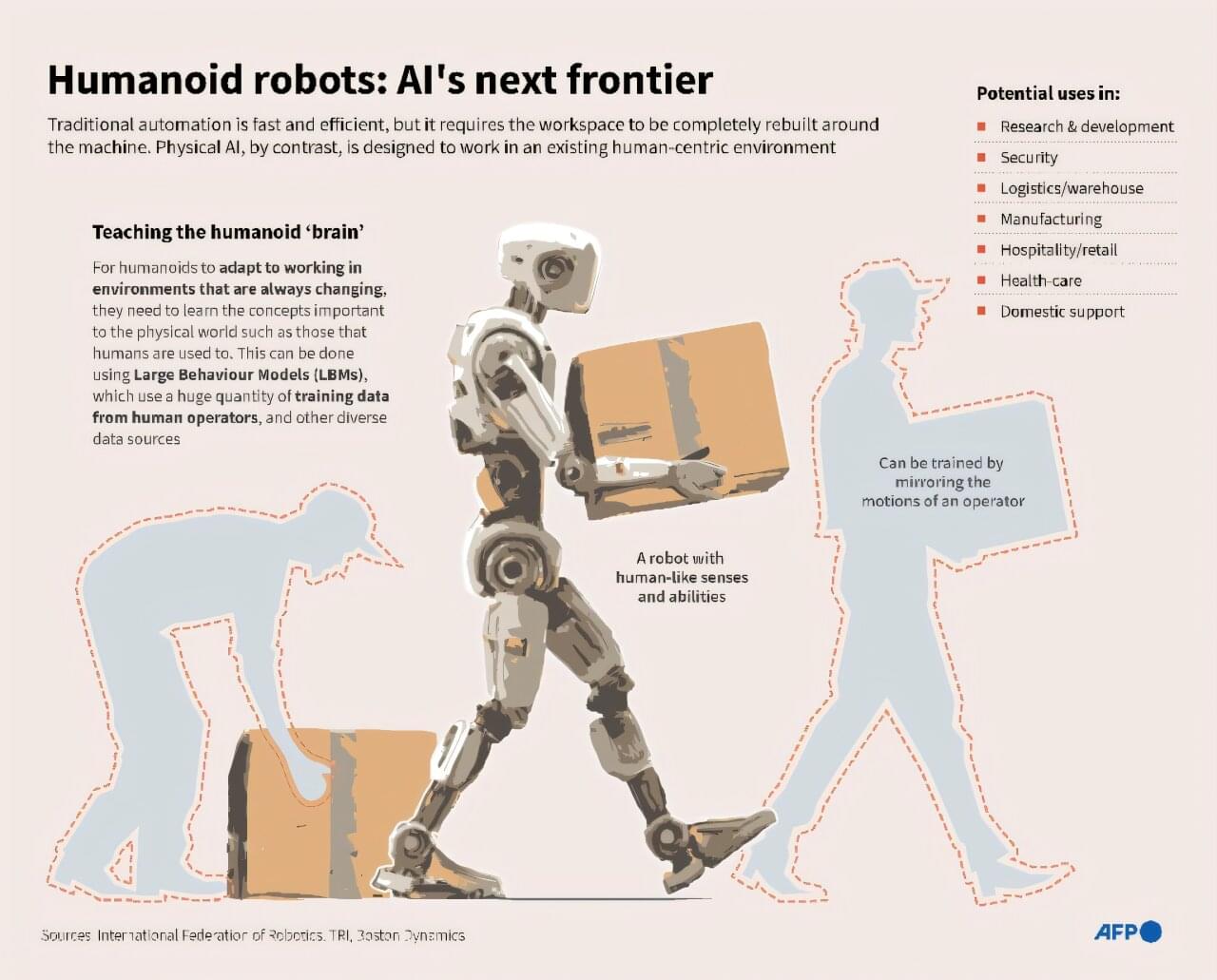
A pair of swiveling, human-like robotic arms, built for physical artificial intelligence research, mirror the motions of an operator in a VR headset twirling his hands like a magician.
With enough practice, arms like these can complete everyday tasks alone, says Tokyo company Enactic, which is developing humanoid robots to wash dishes and do laundry in short-staffed Japanese care homes.
Welcome to the future of AI as it starts to infiltrate the material world in the form of smart robots, self-driving cars and other autonomous machines.
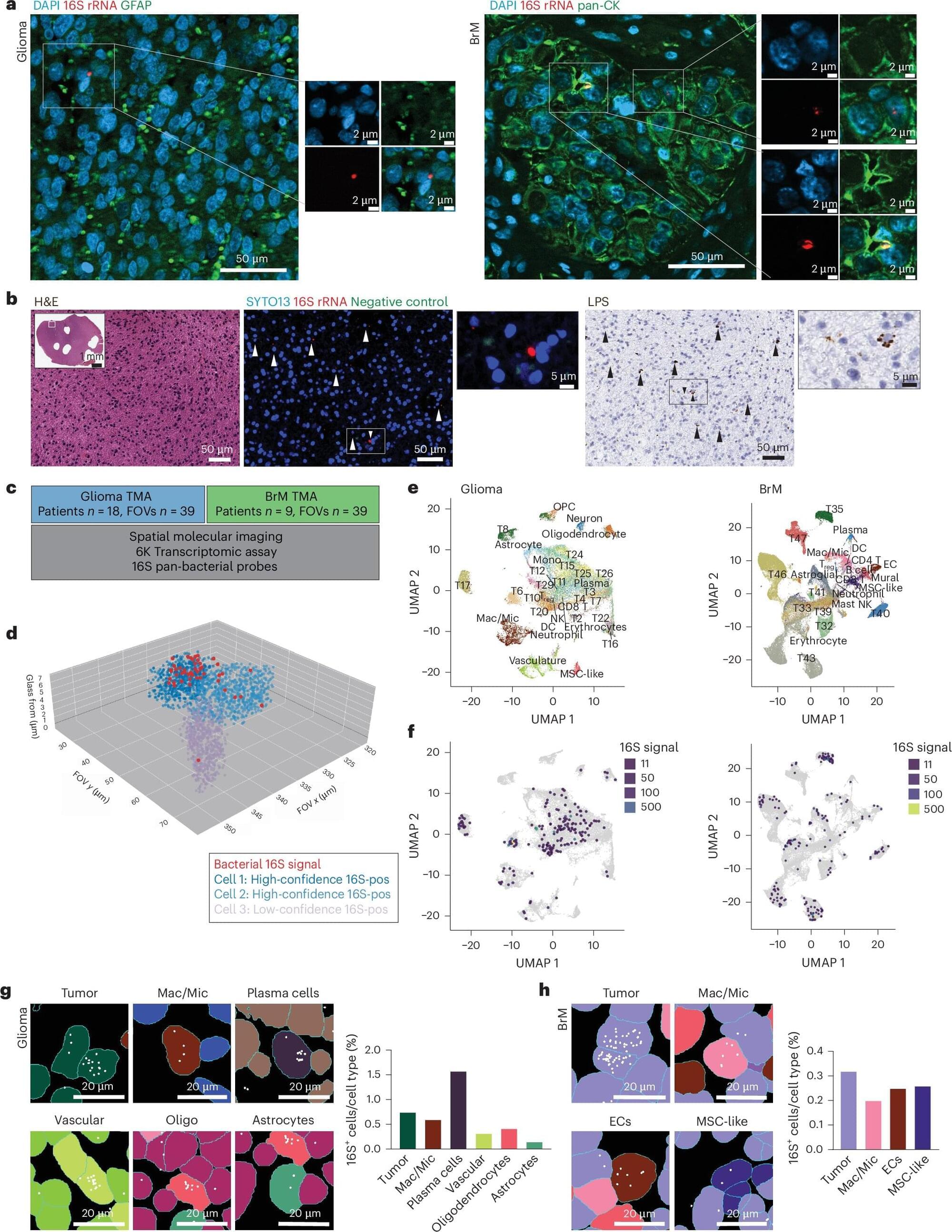
Researchers at The University of Texas MD Anderson Cancer Center have uncovered unexpected traces of bacteria within brain tumors. This discovery offers new insights into the environment in which brain tumors grow and sets the stage for future studies seeking to improve treatment outcomes.
Published today in Nature Medicine, the data revealed that bacterial genetic and cellular elements were present inside brain tumor cells and across the tumor microenvironment. These bacterial components appeared biologically active, potentially influencing tumor behavior and progression in patients with gliomas and brain metastases.
The multi-institutional study was led by Golnaz Morad, D.D.S, Ph.D., postdoctoral research fellow in Surgical Oncology, and Jennifer Wargo, M.D., professor of Surgical Oncology and Genomic Medicine and core member of the James P. Allison Institute—working in close collaboration with MD Anderson’s Platform for Innovative Microbiome and Translational Research (PRIME-TR).